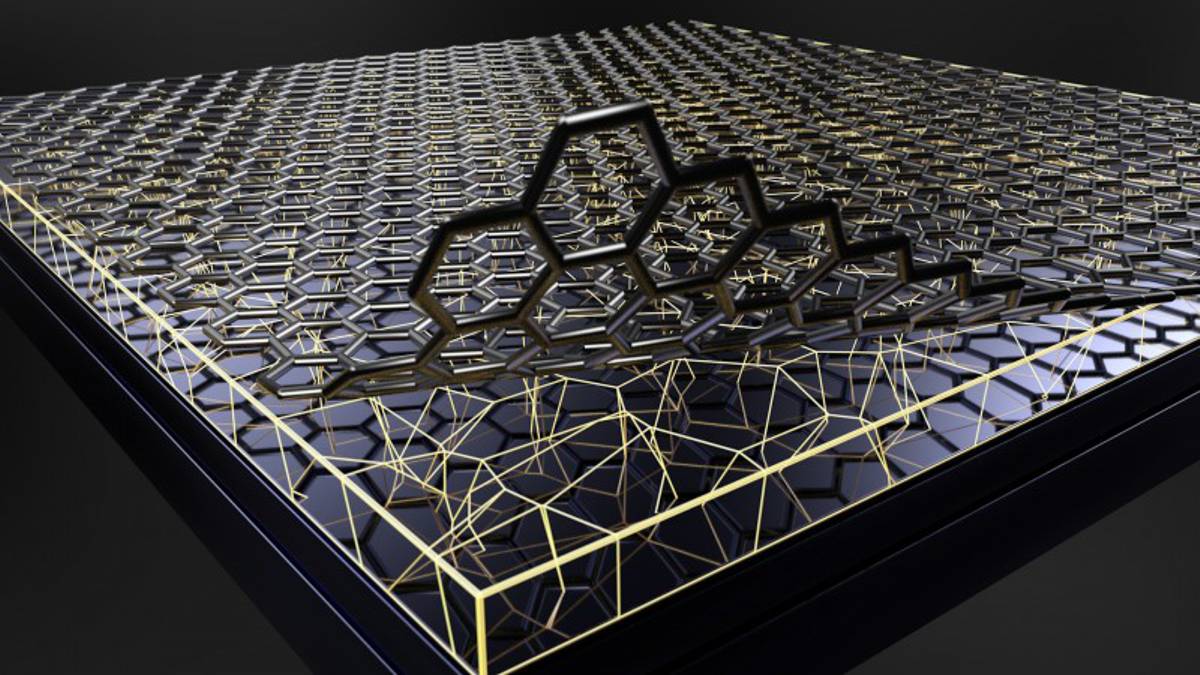New generation of Concrete Pavement could reduce traffic noise
New developments in groove and grind concrete pavement techniques offer the holy grail of road surfaces: long-lasting roads with a possible 75% reduction in traffic noise.
The new developments result from research first carried out in 2005 that focused solely on traffic noise reduction and has since led to widespread adoption throughout the USA and Europe of a new groove and grind technique that provides a pavement being described as ‘Next Generation Concrete Surface (NGCS)’. Trials in Europe are now underway but the UK has yet to fully examine the new groove and grind technique and its potential for significantly quieter roads. Importantly, the technique can be used for both new and rehabilitated road surfaces.
Groove and grind involves removing a thin layer of the concrete pavement surface using closely-spaced diamond-coated saw blades. Diamond blades are then used to cut a combination of longitudinal deep and shallow grooves. The research was carried out by Purdue University, Indiana, USA. It studied 36 different concrete pavement groove and grind textures and their associated tyre noise generation. The research found that the geometric configuration of the blades and spacers used to construct the pavement texture was not the determining factor behind tyre noise generation. Rather, the resulting fin profile was the most important factor. Uniformed and consistent fin profiles resulted in the most noise reduction.
The optimum texture for noise reduction was found to be a combination of longitudinal grinding and diamond grooving. Diamond blades grind a negative texture in a longitudinal direction with a consistent profile of one deep groove and four shallow grooves. On a rehabilitated concrete road pavement, the use of NGCS can decrease tyre-pavement noise by 6 dBA which is the equivalent of a 75% traffic noise reduction compared to existing surface. Compared with an asphalt flexible pavement the noise reduction is 4 dBA or 50%. The textures provides the high level of skid resistance minimum maintenance and whole life cost benefits associated with concrete pavement solutions.
Despite providing a flatter, smoother riding surface, NGCS offers reliable microtexture (friction) while the longitudinal grooves provide substantial macrotexure and reduces hydroplaning by providing escape channels allowing water to move out of the tyre contact area. NGCS is typically constructed as a two-pass operation (where flush grinding occurs first and is followed by a grooving pass) using diamond tipped saw blades mounted on conventional diamond grinding (CDG) and grooving equipment. It can be used for both new construction and rehabilitation of existing surfaces. Typical NGCS specs today involve a first step of flush grinding concrete using 1/8-inch-wide blades with 0.035-inch spacers. The second step involves cutting longitudinal grooves ranging from 1/10 to 1/18 inches wide to a depth of 1/8 – 3/16 at 1/2- to 5/8-inch centres. The grinding process can be accomplished in single lane operations with short lane closures when necessary.
Following the research, a number of successful field trials resulted in the American Concrete Pavement Association heralding the technique as being “the quietest texture yet developed for non-porous concrete pavements” and it being widely adopted for road projects by state highway authorities throughout the USA.
Trials in Europe have also underlined the potential of NGCS. In 2015, a trial was carried out on the N44 in Maldegem, Belgium. The trial comprised testing two different profiles on an existing jointed concrete road with an exposed aggregate surface. The thickness and diameter of the diamond blades was the same for both profile. The difference was the spacers which were considerably narrower for the first trialled profile. The close proximity (CPX) rolling noise measurements showed that the NGCS decreased traffic noise by 6 dBA compared to the existing concrete surface. The second rougher profile reduced the rolling noise by 2 dBA. A year later and the first profile is still providing significant noise reduction of 4 dBA while the second profile was the same.
NGCS is the first new concrete pavement texture introduced in the last 20 to 30 years and is the quietest texture yet developed for non-porous concrete pavements. The texture can be constructed on newly constructed pavements as well as existing pavements. It uses conventional diamond grinding equipment and blades but in a somewhat different configuration than traditionally used. The potential of NGCS for significantly reduced traffic noise on roads that are long-lasting and require minimum maintenance is being realised throughout the USA and increasingly in Europe. It is a potential that the UK should be actively examining.















